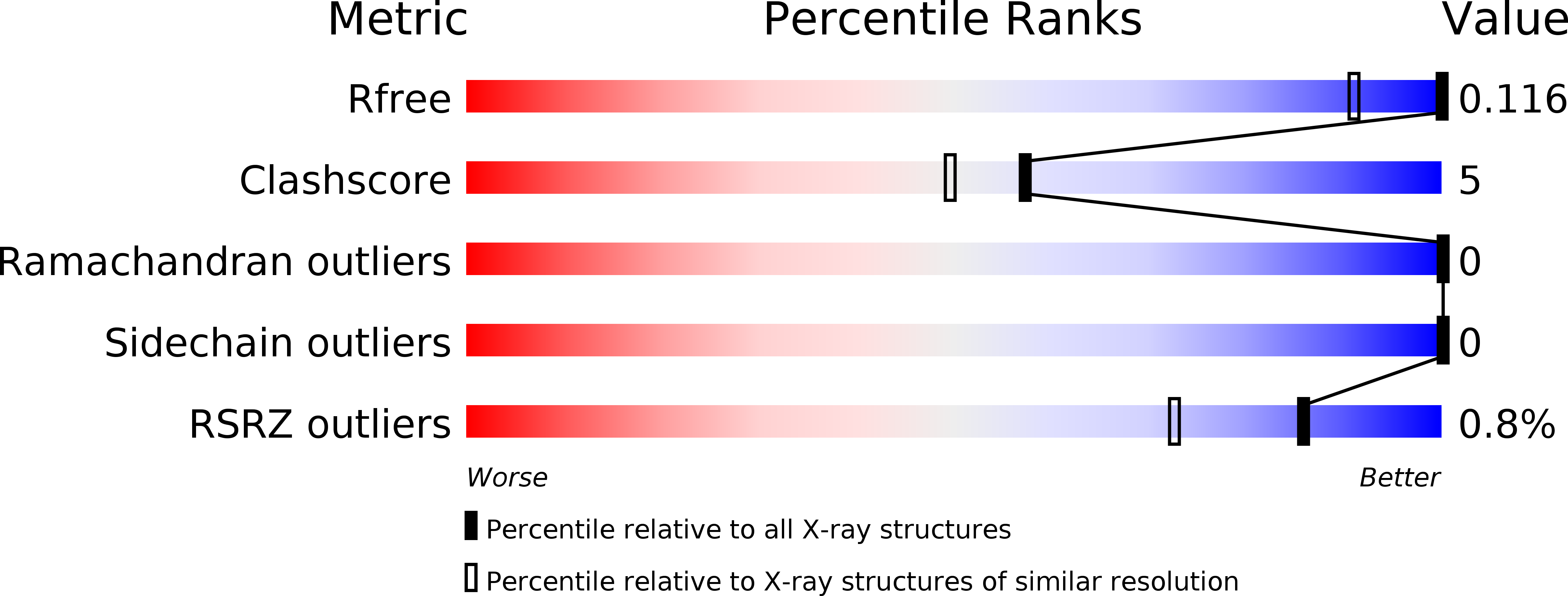
Deposition Date
2015-01-16
Release Date
2015-08-12
Last Version Date
2024-10-09
Entry Detail
PDB ID:
4XOJ
Keywords:
Title:
Structure of bovine trypsin in complex with analogues of sunflower inhibitor 1 (SFTI-1)
Biological Source:
Source Organism:
Helianthus annuus (Taxon ID: 4232)
Bos taurus (Taxon ID: 9913)
Bos taurus (Taxon ID: 9913)
Method Details:
Experimental Method:
Resolution:
0.91 Å
R-Value Free:
0.11
R-Value Work:
0.10
R-Value Observed:
0.10
Space Group:
P 21 21 21


